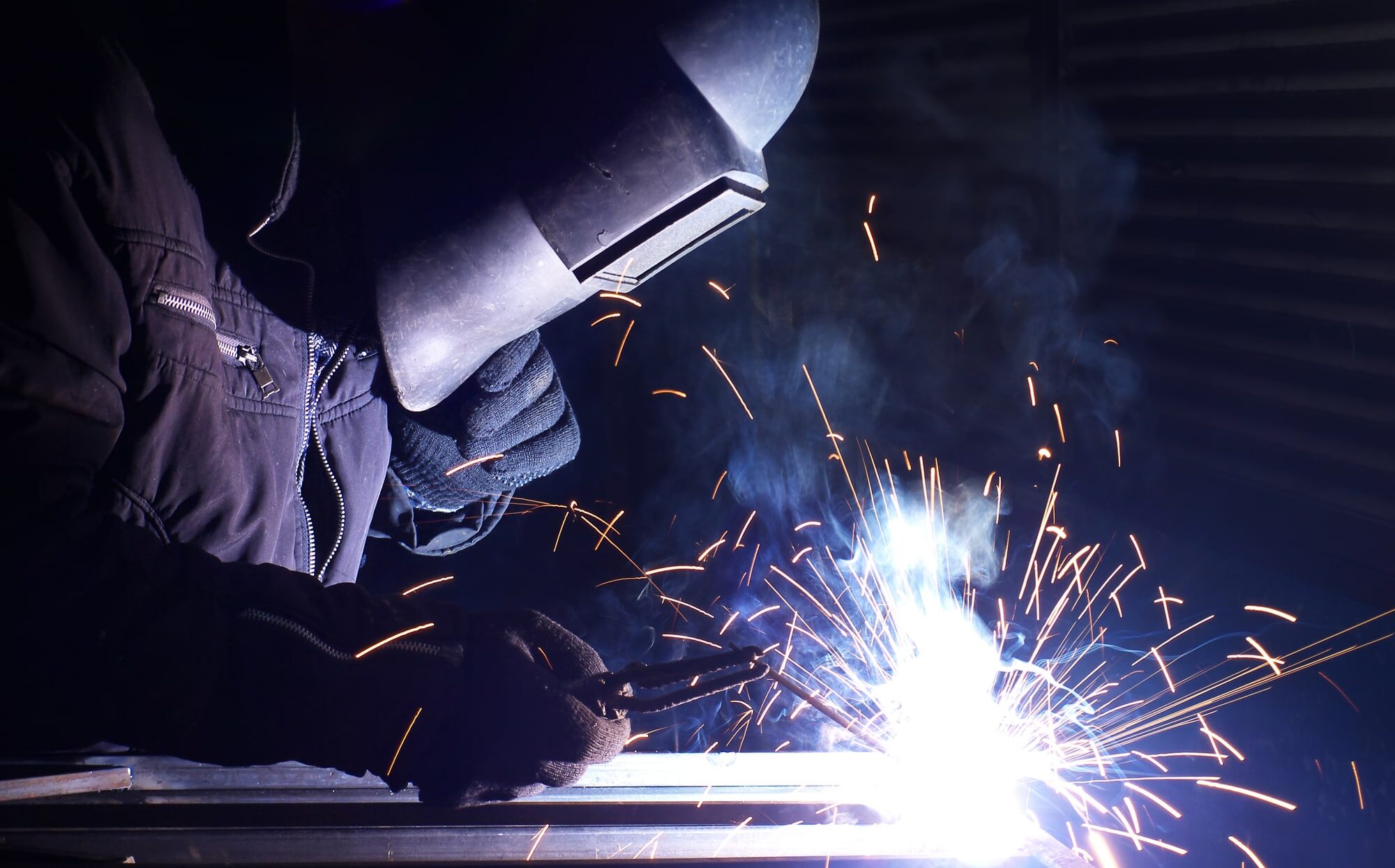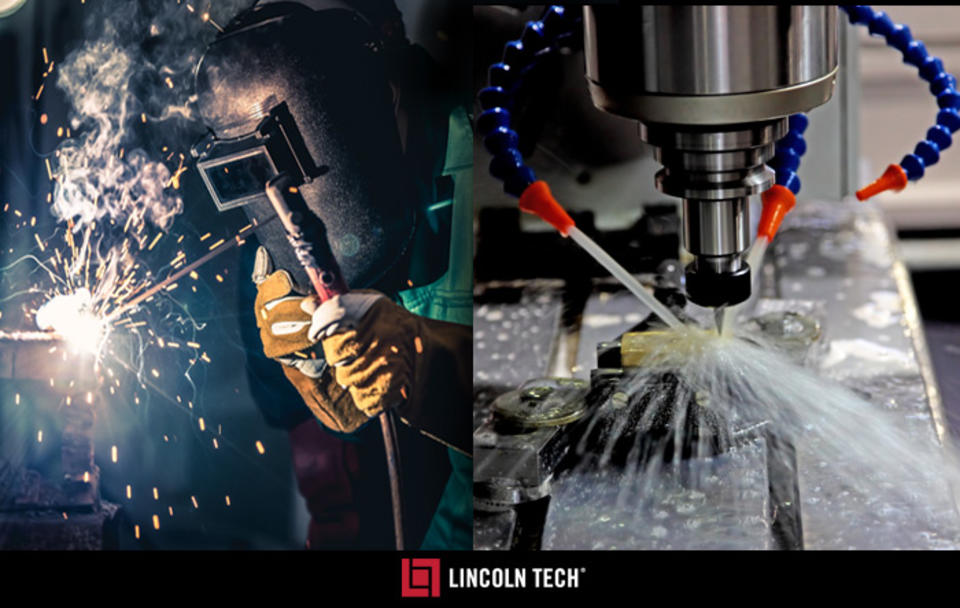Everything about Welding: Key Insights Into Techniques and Finest Practices for Success
Welding incorporates a selection of strategies, each fit for particular products and applications. Comprehending these methods, such as GMAW, SMAW, and TIG, is essential for achieving excellent results. Furthermore, the ideal tools and safety and security methods can not be ignored. As prep work and repairing play crucial functions in the welding procedure, understanding these aspects can significantly improve the top quality of the end product. What are the crucial aspects that assure an effective weld?
Comprehending Various Welding Techniques
Welding techniques incorporate a variety of methods, each suited to specific applications and products. Among one of the most usual techniques are Gas Steel Arc Welding (GMAW), Protected Metal Arc Welding (SMAW), and Tungsten Inert Gas Welding (TIG) GMAW, also called MIG welding, is prominent for its speed and flexibility, making it excellent for slim materials. SMAW, or stick welding, is favored for its simpleness and efficiency in exterior atmospheres, especially with thicker metals. TIG welding supplies accuracy and control, making it suitable for detailed job and non-ferrous metals (Fabrication). Each strategy has its distinct advantages and factors to consider, permitting welders to select the finest method based on the task's demands, product type, and preferred outcomes. Recognizing these methods is essential for successful welding
Necessary Welding Equipment and Tools
While different welding strategies call for particular abilities, the best equipment and tools are just as vital for accomplishing top quality results. Vital welding devices consists of welding makers, which vary depending on the technique-- such as MIG, TIG, or stick welding. Protective equipment, consisting of handwear covers, aprons, and helmets, assurances safety and security and comfort throughout the procedure. Additionally, clamps and components aid secure products in place, making certain accuracy in welds. Consumables like welding poles, wire, and shielding gas are additionally vital elements that influence the top quality of the weld. Tools such as cutters and grinders facilitate surface preparation and post-weld completing, adding to an expert end result. Buying top quality tools eventually enhances the performance and performance of welding tasks.
Security Practices in Welding
Proper safety and security methods are necessary in the welding market to shield employees from potential hazards. Welders need to put on appropriate individual protective equipment (PPE), including safety helmets with proper shading, gloves, and flame-resistant garments. Sufficient air flow is vital to reduce direct exposure to unsafe fumes and gases generated throughout the welding process. Additionally, employees should be educated in the proper handling of welding tools to protect against mishaps. Fire precaution, such as maintaining flammable products away from the welding area and having fire extinguishers easily available, are essential. Regular inspections of devices and work areas can assist identify potential threats prior to they result in accidents. By adhering to these safety and security practices, welders can produce a safer working setting and minimize dangers related to their trade.
Readying Materials for Welding
Preparing materials for welding is an important action that significantly influences the top quality and integrity of the end product (Montana Mobile Welding and Repair Belgrade Fabrication). Proper preparation entails cleaning the surfaces to eliminate contaminants such as oil, corrosion, and dirt, which can jeopardize the weld. Techniques such as grinding, fining sand, or making use of solvents are commonly used to attain a clean surface. Furthermore, making certain that the materials mesh snugly is crucial; voids can lead to weak welds. It's also crucial to think about the alignment and positioning of the elements, as this will influence the convenience of welding and the final outcome. Choosing the ideal filler material and making certain compatibility with the base metals is vital for attaining solid, sturdy welds.
Tips for Getting High-Quality Welds
Accomplishing high-quality welds calls for attention to detail and adherence to ideal practices throughout the welding process. Correct joint preparation is necessary, guaranteeing surface areas are totally free and clean from impurities. Choosing the proper filler material and welding strategy based upon the base metals is important for suitable bonding. Preserving consistent traveling speed and angle while welding can promote and prevent flaws uniformity. Furthermore, controlling warm input is vital; extreme warm can cause bending and deteriorated joints. If needed, frequently evaluating the welds throughout the process permits for immediate changes. Employing ideal post-weld therapies, such as cleansing and stress relief, can enhance the toughness and stability of the weld, ultimately making sure a successful outcome.
Repairing Usual Welding Issues
Welding typically presents difficulties that can affect the quality and honesty of the final item. Usual concerns such as porosity, irregular weld grains, and overheating can arise, each needing certain fixing techniques. Comprehending these issues is important for welders to boost their abilities and achieve excellent outcomes.
Porosity Problems Clarified
Although porosity can often be overlooked, it stays a critical issue in welding that can endanger the stability of an ended up item. Porosity describes the presence of little gas pockets within the weld bead, which can weaken the joint and lead to premature failing. This issue usually emerges from pollutants, dampness, or improper protecting gas protection during the welding process. To reduce porosity, welders should validate that the base materials are completely dry and clean, utilize proper protecting gases, and preserve consistent welding parameters. Routinely evaluating the devices and atmosphere can also aid determine possible concerns before they manifest in the weld. Resolving porosity efficiently is important for attaining solid, sturdy welds that satisfy quality requirements.

Inconsistent Weld Beads
Irregular weld beads can significantly affect the top quality and strength of a finished product. Different variables add to this problem, including inappropriate traveling rate, incorrect amperage settings, and inconsistent electrode angles. When the welder relocates also swiftly, a bead may appear slim and do not have infiltration, while moving also slowly can cause too much accumulation. Additionally, utilizing the wrong amperage can result in either undercutting or excessive spatter, both of which compromise weld integrity. The welder's strategy, such as irregular torch movement, can likewise lead to irregular bead appearance. To minimize these troubles, welders should concentrate on maintaining consistent, controlled activities and making sure correct devices settings to accomplish uniformity in their welds. Consistency is key to accomplishing reputable and strong welds.
Getting Too Hot and Warping Issues
Too much heat during the welding process can lead to significant getting too hot and contorting issues, affecting the architectural integrity of the work surface. These issues typically materialize as distortion, which can jeopardize positioning and fit-up, making further setting up testing. Aspects contributing to overheating include the option of welding parameters, such as voltage and travel speed, in addition to the type of material being bonded. To minimize these problems, welders ought to maintain regular travel speed and appropriate warm input while monitoring the work surface temperature. Additionally, pre-heating or post-weld heat treatment can help reduce stresses brought on by fast air conditioning - Montana Mobile Welding and Repair Belgrade Fabrication. Normal inspection and adherence to ideal methods are necessary in protecting against getting too hot and guaranteeing the long life and integrity of bonded Montana Mobile Welding and Repair Belgrade frameworks
Often Asked Inquiries
What Are the Profession Opportunities in the Welding Sector?
The welding market offers varied occupation chances, including placements as welders, instructors, inspectors, and engineers. Professionals can operate in production, building and construction, aerospace, and auto industries, profiting from strong demand and affordable salaries in various duties.
Just How Can I Enhance My Welding Rate Without Sacrificing Top Quality?
To improve welding speed without sacrificing top quality, one ought to practice reliable strategies, keep devices, enhance setups, and enhance hand-eye sychronisation. Regular training and seeking comments can also considerably add to achieving much faster, top quality welds.
What Accreditations Are Readily Available for Welders?
Countless qualifications exist for welders, consisting of those from the American Welding Society (AWS), the National Center for Building Education and Study (NCCER), and different industry-specific companies. These qualifications boost employability and demonstrate ability efficiency.
How Does Welding Impact the Features of Metals?
Welding influences the buildings of steels by modifying their microstructure, which can lead to modifications in ductility, toughness, and firmness. Warm input and air conditioning prices during the procedure considerably impact these product features.
Can I Bonded Dissimilar Metals Together?
